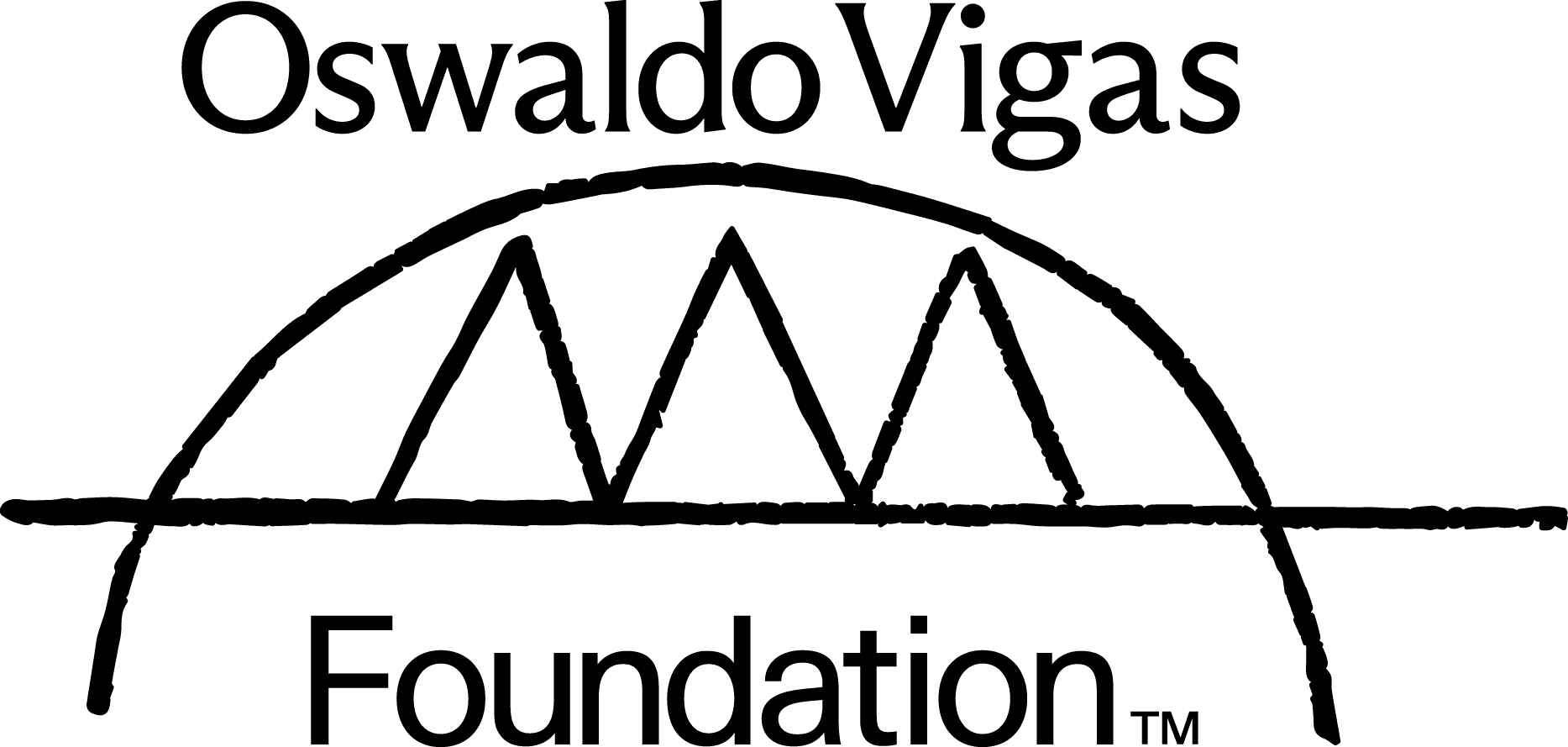Kwai Fung Hin is pleased to present Oswaldo Vigas: Return, Always Return, the first solo exhibition of the Venezuelan artist in Asia and also his first exhibition with Kwai Fung Hin supported by Oswaldo Vigas Foundation. This year marks the 100th birth anniversary of the artist. The exhibition celebrates Oswaldo Vigas's (1923 – 2014) artistic achievements and offers an overview of his cross-cultural practice that helps define Latin American modernism in its own terms. With significant attention turning to Latin American modernism in recent years, Kwai Fung Hin is initiating the dialogue in Asia to broaden the global discourse of modern art.
As one of the most influential Latin American artists in the post-war period, Vigas played a pivotal role in the avant-garde art scenes in both Venezuela and Paris where he lived from 1952 to 1964. He was associated with many Latin American and European modern artists, such as Picasso, Wifredo Lam, Fernand Léger, Max Ernst, and Roberto Matta, among others, fostering cultural exchange across continents. As the first Venezuelan artist to draw on ancient iconographies from pre-Columbian and ancient African culture to articulate the unprecedented changes of the modern time, Vigas is celebrated as a forerunner not only in his country but also Europe, South and North America.
Taking a verse from the artist's poem “Return from the Night” as its title, Return, Always Return sheds light on Vigas's important periods of artistic development, from his discovery of the mythological universe in ancient cultures, to the twelve years of transformative period in Paris, to his return to Venezuela with a full control of his own language, moving freely between figuration and abstraction but always rooted in Latin American heritage. Arranged roughly chronologically across two gallery spaces, the works together with a collection of important archival materials illustrate his quest to return to the origin amid the rapid modernization of Venezuela and the rest of the world. It highlights his diverse styles that reflect his unwavering belief in the power of art to renew humanity at its origin.
“My work is neither rigorously abstract nor figurative. I have always tried to be meticulously Oswaldo Vigas.” – Oswaldo Vigas
Return to the Origin, Return to the Cultural Root
A self-taught painter, Vigas was among the most prominent group of avant-garde artists during Venezuelan modernization after the war. In 1948, a visit to the Museum of Natural Science in Caracas led him to discover the essence of his cultural heritage from pre-Columbian civilizations. The mythical universe of his ancestors and its close tie to the natural landscape would form the core of his organic imagery and inform his recurrent themes of coexistence and the source of life. Vigas's search for human's shared origin began with a series of female figures that would come to define his entire career. Known as Brujas (Witches), these are hybrid creatures that exist between the realms of humans, animals, insects, plants and minerals, things that, in Vigas's words, “should never have been separated.”
During the twelve years in Paris, Vigas confronted his difference as a Latin American by fusing modernist formal qualities with the sensibility of his mestizo identity, a Spanish term for the mix of cultural influences from indigenous traditions, European colonization and African slavery in Latin American culture. In Composition in Grey (1954) and the American Object series (1954-57), Vigas constructed an organic geometric style with ancient symbols and shapes found in nature, an aesthetics that stood out from the rigid and mechanic style fashionable at that time. Then, later in his Parisian period, he created a series of works that show influence of Abstract Expressionism and Zen Buddhism with textured colour fields and gestural brushstrokes as seen in Fertile Stones I (1960). Executed when the artist’s emotion was weighed down by the loss of his brother and the intense political situation back home, the work suggests the fertility of the land, in which stones in black and red ochre seem to be in the endless process of decomposition and reproduction, a meditation on the circle of life.
Although there was a sharp contrast in style between the first and second half of his stay in Europe, these seemingly abstract works were insistently figurative, and are based on his quest to synthesize different worlds with both historical validity and contemporaneity. They materialize man's spiritual root while investigating the arrangements of lines and space on a flat surface, expressing a sense of belonging unconfined by physical, cultural and ideological borders.
Return to the Native Soil, Return to the Child
Vigas returned to Venezuela in 1964 and rediscovered the female figures of his homeland. Coming full circle, the artist never ceased to innovate and continued to challenge the boundary between figuration and abstraction. As seen in the different styles in Asmodé II (1972), Ancestral (1976), and Strolling with Mascot (2007), Vigas's hybrid figures shift from interlocking geometric forms to gestural primitivism to child-like expression, becoming increasingly free and prominent on the picture planes but also increasingly fragmented with a touch of naivety and humour. Towards the last period of his career, he assembled his figures with fragmented body parts of seemingly different creatures that are not necessarily human, expressing the tension between our animal drive and civilization. They embody what the artist called “prehistoric dream”, the source of a universal creative impulse that predates cultures and connects to man's natural state unhindered by cultural differences, social standards and hierarchies.
At every turn, Vigas developed new ways to probe the relationship between the ancient past and contemporaneity through an aesthetics that was uniquely his own. Despite their diversity, his works always resonate powerfully with previous subject matters to deepen his existential discourse rooted in Latin American heritage. This exhibition illuminates the journey of an artist who had a strong conviction in the transcending power of art and was not afraid to go against the current to find new expression in places that are lost to history.
supported by


